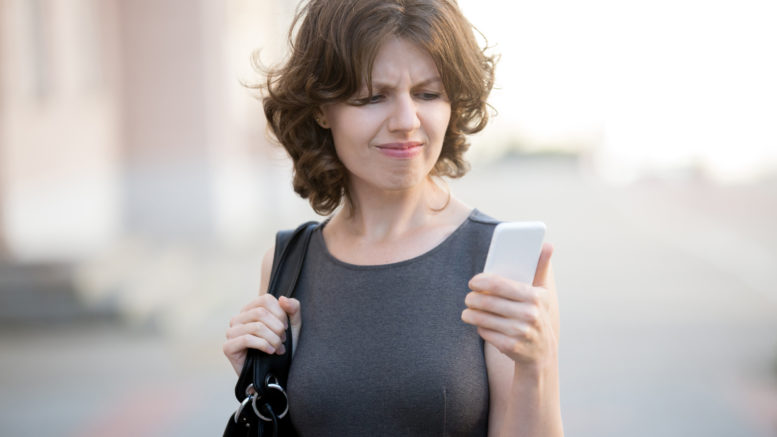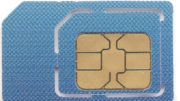“There ain’t no such thing as a free lunch.”
—Robert Heinlein, The Moon is a Harsh Mistress
That saying could mean a lot of things in a lot of situations, but when it comes to the world of RF transmission, it refers to one very simple fact. You can’t make up signal if you don’t have any signal. You can amplify, you can process, you can do a lot of things. But you can’t create a signal that isn’t there. That’s the plain honest truth.
And yet, I’ve said before that with a cell phone signal booster, it’s possible to have better signal indoors than outdoors. That would sound an awful lot like creating a signal that isn’t there. So how can I ever show my face in the community of tech enthusiasts, having made a statement like that? Even though I suspected that I knew the answer, I set out to do some real testing.
Methodology
In order to conduct these tests, I used the following tools:
I chose the iPhone 12 even though I have access to an iPhone 13 because I’ve done a lot of measurement with it since I got it two years ago. I know how it’s going to react and what it’s going to do.
The Cell Linq was chosen because it is the only meter that provides RSRP measurements. RSRP is the best estimation of what an actual phone will receive, and even though I had access to the actual phone, iPhones make poor test devices as I’ve said before.
I chose the Home Studio precisely because it’s not incredibly powerful. I have access to much more powerful boosters but I wanted to see what this particular booster would give me. I felt that larger boosters wouldn’t accurately show if the signal was boosted as much as it could be. They would just blast an area with signal no matter what.
I chose to test the following:
- Signal level outside, RSRP on phone and meter
- Signal level inside, unboosted, RSRP on phone and meter
- Signal level inside, boosted, RSRP on phone and meter
- Download speed over 5G, outside
- Download speed over 5G, inside, unboosted
- Download speed over 5G, inside, boosted
I chose a location 2.1 miles from the closest cell tower on relatively flat terrain. I felt that by choosing an area with poor service I would get a better understanding of whether or not the booster worked.
Hypothesis
Going into these tests, I believed that I would get signal levels inside using the booster that were at least as good as those outside, possibly better. I hypothesized that the use of a larger antenna outdoors would bring in more signal.
Measurements
Here’s the raw data.
| Outside-Phone | Outside-Meter | Inside-Phone (no booster) | Inside-Meter (no booster) | Inside-Phone (booster) | Inside-Meter (booster) | |
|---|---|---|---|---|---|---|
| Signal Level RSRP | -109 | -110 | -114 | -113 | -109 | -109 |
| Number of Bars | 2 | 2 | 4 (full) | |||
| Download Speed | 7.5Mbps | 3.8Mbps | 9.25Mbps |
So let’s take a look at what we got here.
First of all the measurements inside and outside were not terribly different. This location is a typical mid-century home made of wood and so cell signals are getting through pretty well. However the problem is that the cell service in this area isn’t good at all and even a little bit of disruption can have a big effect on cell signal quality when the signals are this weak.
There are two things to note here. First is that connecting the booster increased the bar display to 4 bars, which on an iPhone is a full display. However, the real RSRP measurements only went up to -109. This would seem to be a disconnect.
The download speed was higher indoors than outdoors as well. This would seem to be impossible because you can’t just invent internet speed, it has to come from somewhere.
Secondary testing
In order to see if the improvement in download speed was due to the larger antenna, I disconnected the antenna from the Cell Linq meter and connected it in place of the outdoor antenna. I placed it at ground level, while the outdoor antenna is at a height of about 12 feet above ground level. I connected the Home Studio booster which was able to use the Cell Linq’s antenna.
Using the iPhone 12 I measured a download speed of 6.92Mbps with the cell booster powered up. This is consistent with the download speed I got outside, with a little bit of loss for a long cable. This would tend to support my theory that an increase in performance is due to a larger antenna. I admit that it is a flawed test since it’s not possible to connect the iPhone itself directly to the Cell Linq antenna.
I did not test the RSRP signal level in different parts of the home but I suspect that it would have been lower as I got further toward the center of the house without the booster. With the booster I would expect it to be just as strong throughout the whole house.
The thing about the bars
This left me with the question of why the bar measurement was so different between boosted and non-boosted, while the signal levels were consistent.
In order to understand this, I had to understand what RSRP is actually showing me. There’s a lot of math and details but the key to it is that RSRP is showing the real signal level that the phone is using. There’s another measurement, RSSI, which is more of a raw signal level. The RSSI with the booster on jumped from -82 to -71. This suggests that there was more raw signal strength due to the booster, but that the real signal was not much stronger indoors than it was outdoors. It also suggests that the phone’s bar measurements are useless, something I already knew.
Conclusion
I was able to form some reasonable conclusions here. The first is that no, there is no such thing as a free lunch. It is not possible, using the same circumstances, for a booster to provide more signal indoors than exists outdoors. However, cell phone signal boosters use larger antennas that are placed up higher than the phone itself. This accounts for improved performance in real-world testing. And therefore it is possible for regular users to see download speeds that are higher indoors than out, as well as clearer calls.
And that, my friends, is why you should buy a cell phone signal booster from Solid Signal.





